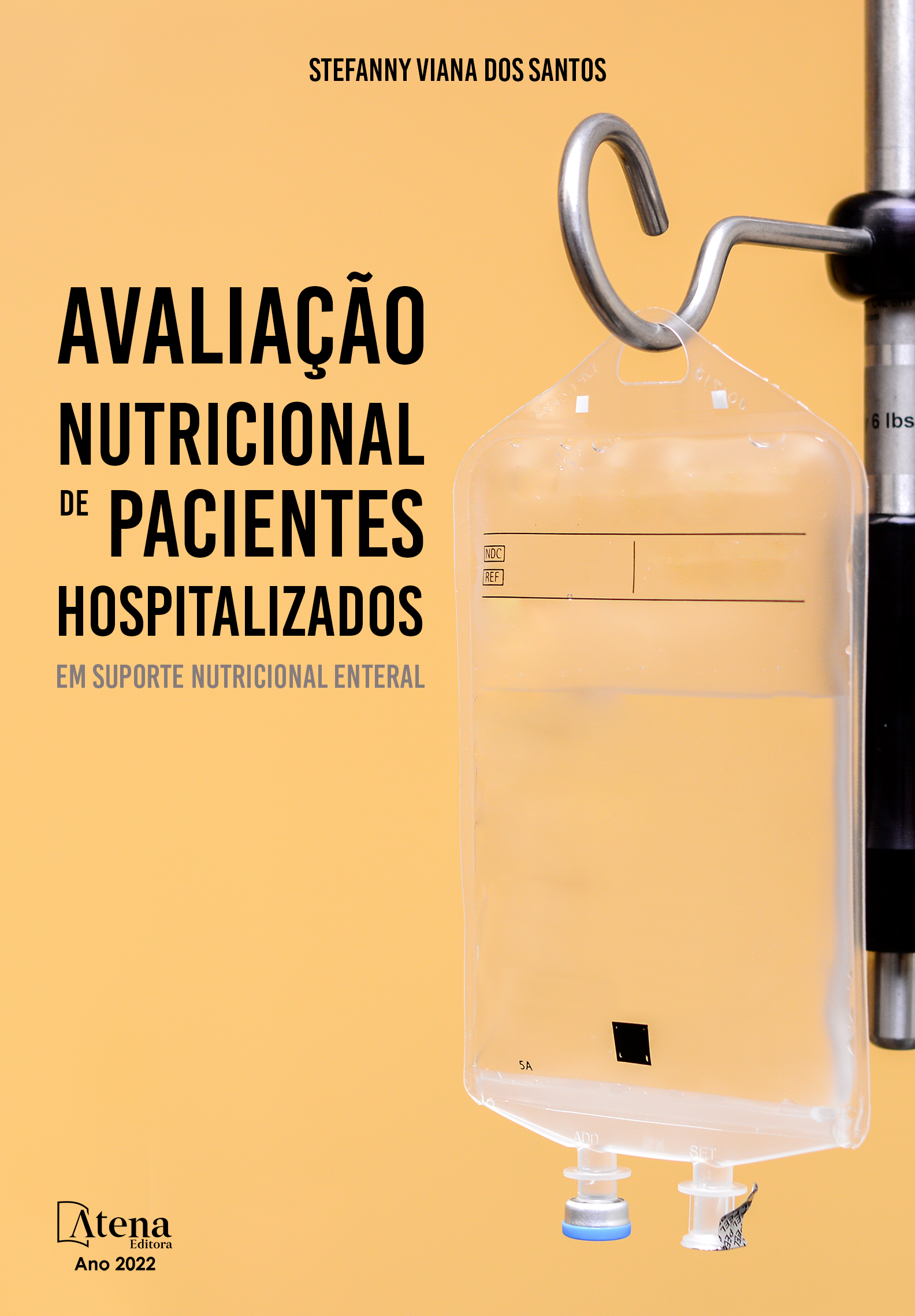
AVALIAÇÃO NUTRICIONAL DE PACIENTES HOSPITALIZADOS EM SUPORTE NUTRICIONAL ENTERAL
INTRODUÇÃO: Apesar das estratégias para combater a desnutrição no nível hospitalar, ela continua perneando esse ambiente, trazendo sérios prejuízos para os pacientes que apresentam déficit nutricional. OBJETIVO: Avaliar o estado nutricional dos pacientes hospitalizados em terapia nutricional enteral por parâmetros objetivos e subjetivos. METODOLOGIA: O estudo é descritivo, observacional, de caráter transversal. Foi utilizado parâmetros subjetivos (exame físico e análise subjetiva global) e objetivos (antropométricas e bioquímicas) para avaliar os 46 pacientes escolhidos por conveniência. RESULTADOS: A maioria dos indivíduos eram do sexo masculino (52,2%) e idosos (60,9%). Segundo o perfil clínico a patologia mais prevalente foram as pulmonares (28,3%) e boa parte apresentava hipertensão artéria sistêmica (54,3%). Dentre os dados subjetivos, a ASG sobressaiu o exame físico, diagnosticando mais pacientes com subnutrição (84,8%). As medidas antropométricas utilizadas foram IMC, CB e CP, sendo a última utilizada apena nos idosos. Dentre as usadas em todas as faixas etárias, CB diagnosticou mais pacientes como desnutridos (56,5%). Entre os bioquímicos o destaque foi para albumina onde quase a maioria apresentava depleção (95,7%), seja leve, moderada ou grave, estando o maior percentual na derradeira categoria citada (41,3%). Uma grande parcela estava recebendo um aporte energético adequado, apesar do quantitativo dos que não estavam ser bastante significativo (26,1%). Em relação a cota proteica, mais da metade dos pacientes (63%) estava recebendo um quantitativo de proteínas abaixo da recomendação para eles, sendo isso bastante prejudicial para o estado nutricional deles. CONCLUSÃO: De acordo com os dados obtidos no estudo, tanto os dados subjetivos com os objetivos em conjunto com os bioquímicos são uteis para detectar desnutrição no ambiente hospitalar, todavia, valer ressaltar que parâmetros isolados não são adequados para análise do perfil nutricional, pois pode subestimar ou sobrestimar o estado do indivíduo fornecendo um diagnóstico errôneo.
AVALIAÇÃO NUTRICIONAL DE PACIENTES HOSPITALIZADOS EM SUPORTE NUTRICIONAL ENTERAL
-
DOI: 10.22533/at.ed.896220906
-
Palavras-chave: Desnutrição. Nutrição enteral. Avaliação nutricional. Adultos. Antropometria.
-
Keywords: Malnutrition. Enteral Nutrition. Nutritional assessment. Adults. Anthropometry
-
Abstract:
INTRODUCTION: Despite strategies to combat malnutrition at the hospital level, it continues to pervade this environment, causing serious harm to patients with nutritional deficits. OBJECTIVE: The objective of the study was to assess the nutritional status of patients hospitalized for enteral nutritional therapy using objective and subjective parameters. METHODOLOGY: The study is descriptive, observational, of cross-sectional character. Subjective parameters (physical examination and global subjective analysis) and objectives (anthropometric and biochemical) were used to evaluate the 46 patients chosen for convenience. RESULTS: The majority of the individuals were male (52,2%) and elderly (60,9%). According to the clinical profile, the most prevalent pathology was the pulmonar (28,3%), and a good part of the patients presented systemic arterial hypertension (54,3%). Among the subjective data, the ASG stood out in the physical examination, diagnosing more patients with undernourishment (84,8%). The anthropometric measures used were BMI, CB and CP, the latter being used only in the elderly. Among those used in all age groups, CB diagnosed more patients as malnourished (56,5%). Amid the biochemists the highlight was for albumin, where most of them presented depletion (95,7%), whether mild, moderate or severe, with the highest percentage in the last category (41,3%). A large portion was receiving an adequate energy input, despite the quantitative of which were not being quite significant (26,1%). Regarding the protein level, more than half of the patients (63%) were receiving a quantitative of proteins below the recommendation for them, which is quite detrimental to their nutritional status. CONCLUSION: According to the data obtained in the study, both the subjective data and the objectives in conjunction with the biochemical ones are useful to detect malnutrition in the hospital environment, however, it should be emphasized that isolated parameters are not suitable for profile analysis nutritional, because it may underestimate or overestimate the individual's state by providing an erroneous diagnosis.
-
Número de páginas: 50
- STEFANNY VIANA DOS SANTOS


